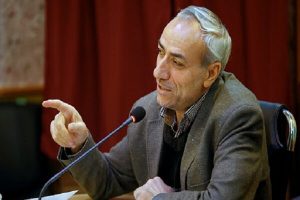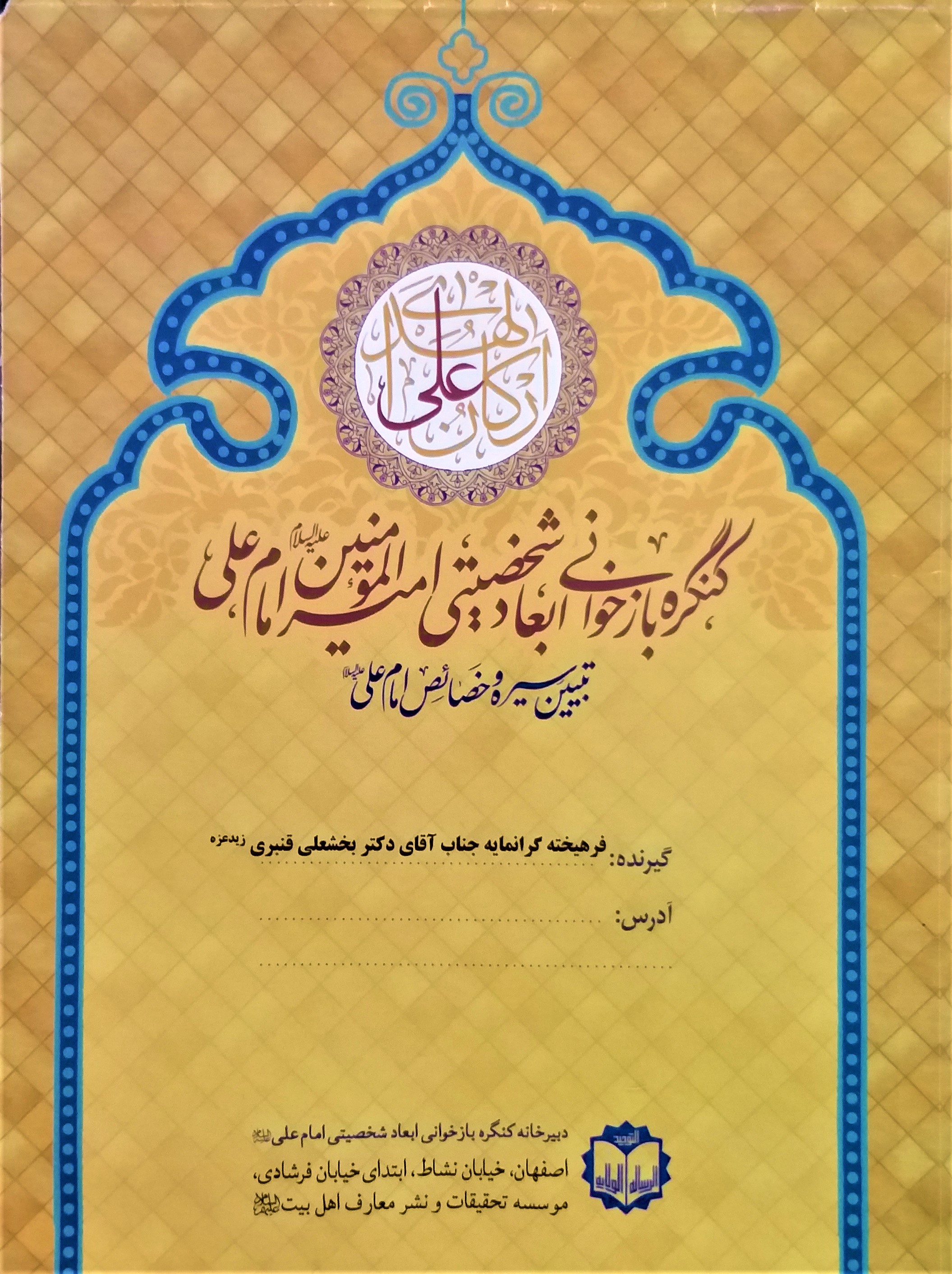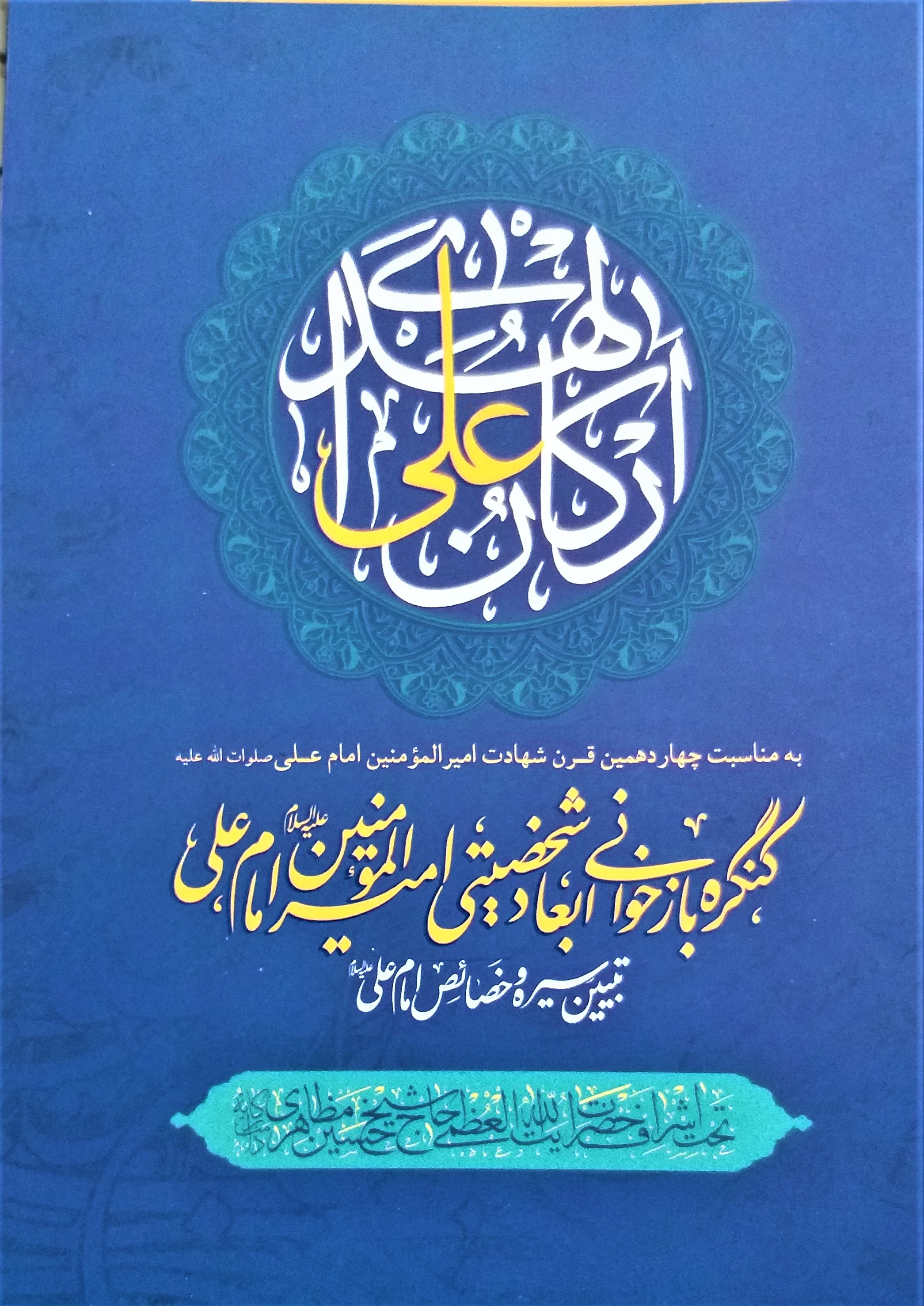.jpg)
The studio will cost Lou $1000 per month to rent and has a market value of $100,000. The vacuum cleaner is part of the property, plant, and equipment assets of the business. If however, the owner gets a cash advance on his credit card in the future to fund business expenditures, then that inflow can be treated asset definition accounting as an asset. But until then, the potential asset will not show in the books of the cleaning business.
As you can imagine, it’s nearly impossible to place a value on people – consequently employees are actually never included as assets in accounting – but only because we can’t really value them. Now, in our definition of assets above we said that an asset is anything that will add future value to your business. In conclusion, assets are the building blocks of financial success, representing the bedrock of wealth for individuals and businesses alike. Financial assets—these represent ownership of a claim to the underlying physical or real assets.
Is the asset a physical item?
Those can be financial assets like stocks, bonds, and mutual funds, or physical assets like a home or an art collection. The Digital Assets Practice Aid includes vital information on how to account for and audit digital assets. It is essential guidance for those currently in the digital asset ecosystem or considering entering it especially as a financial statement preparer or an auditor. See our article on how to correctly read financial statements, including balance sheets, so you can make sense of your business’s most recent figures.
- If the company doesn’t perform well, the company valuation could go down simply because it isn’t using its resources effectively.
- But did you know that we can also spend on things which provide us only immediate benefits?
- Fixed assets are long-lived assets that cannot be easily and readily converted into cash or cash equivalents.
- Assets can either generate a profit as they work or provide a future economic benefit for your business.
- At Finance Strategists, we partner with financial experts to ensure the accuracy of our financial content.
- Assets refer to anything that has economic value and can be converted into cash.
What are considered assets?
.jpg)
Asset, liability, and equity are the three largest classifications in every financial statement. Consequently, significant accounting efficiencies are created since standard costs usually only slightly differ from actual costs. This is done in cases where it might be too time-consuming to collect data for actual costs. Standard costs are used as a close estimate of actual costs instead. The market value method bases the value of an asset on the amount it might sell for in the marketplace. When applying the double declining balance method, the straight-line depreciation percentage is first calculated.
Depreciation, recorded as an expense on the income statement, directly impacts profitability. Spreading the vehicle’s cost over its useful life reduces taxable income, affecting net profit. The choice of depreciation method can result in variations in reported profits over different periods. For instance, accelerated depreciation reduces short-term profits but may present a more favorable financial picture in later years. These variations require careful consideration in financial reporting and planning.
Assets Formula
It’s important to note that nowhere in the assets definition do I say that the company must own these resources. Remember the asset definition, it’s simply a resource that the company has control of and can use to generate revenues. Many businesses have loans, notes, and leases on equipment that either directly or indirectly eliminates their true ownership of the resources, but they still have control of it. The chart below lists examples of non-current assets on the balance sheet.
Fixed Assets
- According to the historical cost principle, assets are recorded on the books at the price the company paid for them.
- So your current equity is now $200,000 after subtracting liability from the value of your assets.
- Fixed assets are also referred to as noncurrent assets, long-term assets, or hard assets.
- This means that liabilities don’t diminish over time and their value stays the same.
- This expenditure covers something (electricity) that only had utility during the billing period, which is a past period; therefore, it is recorded as an expense.
Assets are important to a business because they help measure its financial performance. Plus, there can be some substantial implications if assets aren’t handled properly. Depending on the business you conduct and the industry you’re in, some assets can vary. But no matter the industry, assets will still get organized into categories based on classifications, type, and function. Take note that different companies may use different (although similar) sets of account titles. It will depend upon the company’s business and industry, and what specific accounts were adopted in its chart of accounts.
Assets meaning: What are assets?
The loan is a liability because it is something you have to pay back. The standard cost method utilizes the expected costs of an asset instead of its actual costs. The most common methods are straight-line and double declining balance. Businesses use different methods to determine the value of their assets. Tangible assets are those assets that have a physical substance and are capable of being touched, felt, or seen.
Resources
Long term assets, on the other hand, are resources that are expected to last more than one accounting period. Short term assets, also called current assets, are resources that are expected to be used or could be used in the current period. These resources include examples like cash and accounts receivable. Keep in mind that a company might doesn’t always use all of its cash every period, but it could. Therefore, long-term assets – namely fixed assets (or “PP&E”) and certain intangible assets – are capitalized and expensed on the income statement across their useful life assumption. The most common types of assets are current and noncurrent assets, fixed, financial, and intangible.
These insights can be a good way to determine how much money would be left if everything was liquidated. Non-Operating Assets – On the flip side of operating assets, non-operating assets aren’t part of a company’s primary operations. For example, unused land, investment securities, and spare equipment don’t play a role in the operations of a company.
The business has acquired control of the asset due to a past transaction or event. For example, ownership of a piece of land gives its owner the legal right to construct a building on it for its own use and prevent others from entering the property without permission. Assets are one of the key building blocks of accounting that holds the entire accounting equation together. Labor is the work carried out by human beings, for which they are paid in wages or a salary. The Grand Forks, ND-based top 100 firm has expanded its automotive dealerships team and footprint with the addition of Corinth, TX-based full-service accounting firm Green & Miller PC. The Columbus, OH-based top 100 accounting firm acquired Cincinnati-based CPA firm Wirth Lowe Wissemeier CPAs, effective Dec. 16, 2024.
Vehicles, when used for business purposes, are classified as fixed assets because they facilitate essential functions like transportation and delivery. The acquisition cost of these assets, including the purchase price, taxes, and preparation costs, is capitalized on the balance sheet. This capitalization influences depreciation calculations, which affect both financial statements and tax obligations. In corporate accounting, assets are reported on a company’s balance sheet and can be broadly categorized into current (or short-term) assets, fixed assets, financial assets, and intangible assets. Classifying vehicles as fixed assets affects both the balance sheet and income statement.



